WWII British Airborne Jeep in Signals Configuration as displayed for the MVPA 2002 International Convention
Airborne Modifications
The rear spare gas can is relocated to a position between the two front seats to allow the jeep to be loaded into the Horsa Mark I glider. Two additional spare gas cans are added, one behind each front seat. The airborne often had to operate for long periods of time without resupply.
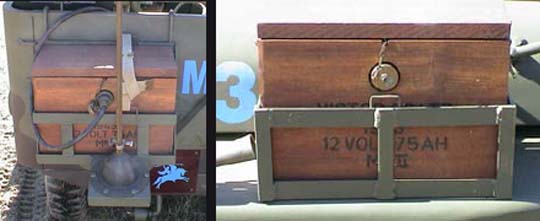
Battery boxes to provide power to the wireless set. One spare battery was mounted in a carrier on each fender and one was mounted in a carrier at the rear of the tub. The rear battery is the one used with the wireless set and it gets swapped out when needed. The aerial is mounted on a base that is secured to the rear carrier.
Horn button located on the dash due to the addition of the quick release steering wheel modification which eliminates the original horn button.

Early war production steering wheel with airborne quick release. This device allowed the steering wheel to be removed and installed without tools to facilitate loading into the Horsa Mark I gliders.
Black bakelite flood lamp switch on right hand side and Airborne Trailer Power Socket on the left.

Front cut down bumper with pick handle and head in their transit positions. The center is reinforced and has a connection point that connects to the rear A-frame tow bar of another jeep. This allowed multiple vehicles to be connected to form "trains" or to allow one jeep to push or pull another.
Closer shot of Bren Mark I with medic bag and decontaminator on fender. Rifle mounting clips are the same as often seen on the cowling for tools.

Secured to the drivers side rear tub on a mounting shelf are a wireless set number 19 with power supply unit. A series of carriers are bolted to the passenger side rear tub to accommodate the wireless set spare parts box, wireless set spare valves (tubes) case, and the wireless set remote control unit. For reference to others doing a signals restoration, the wireless set Number 22 was actually the more commonly encountered unit installed into airborne jeeps.
The marker lights normally found in the grill of the jeep are relocated to the outside edge of the fenders. A special hooded driving lamp is fitted in place of the standard driver side headlight.
The wire spool is used to connect the wireless set and a remote control transmitter relay. The hood is fitted with a universal ammunition carrier.
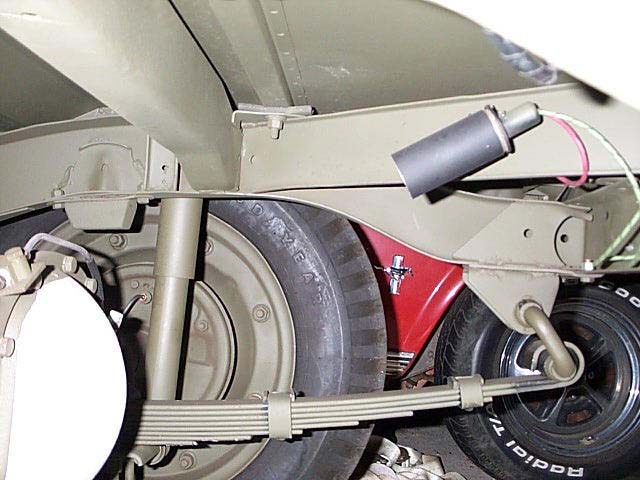
Differential flood lamp bolted to rear cross member. Power is controlled by a bakelite switch on the back of the jeep tub.
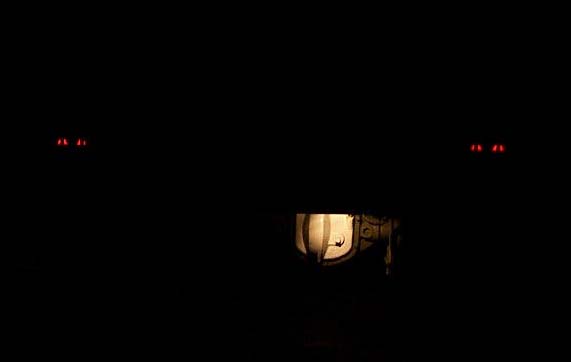
Jeep in a pitch black garage with the differential flood lamp on and the cats eyes glowing. When in convoy, you simply followed the bouncing white ball.
Other Features

The windshield cover installed and then folded down and secured.
This is a later production universal rifle carrier. Most airborne jeeps were landed without windshields but they did eventually get them after their objectives were secured. Typically they were either landed by later gliders or came in with other supplies brought in with the "sea tail".

The Showing the proper storage locations for the canvas. The side half curtains go into one of the front seat cushions, the summer top is strapped under the passenger seat pan, and the windshield cover goes into the rear seat cushion.
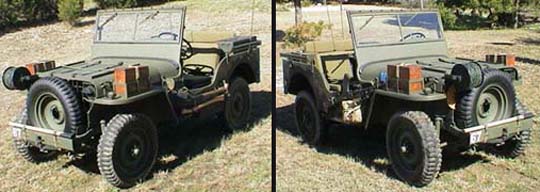
Showing the standard windshield installed. The earliest production slat grill jeeps had a shorter windshield but this was limited to about the first 3000 which is before my jeeps production.
The "Go Devil" 134 L-Head Engine

And With The Summer Top On
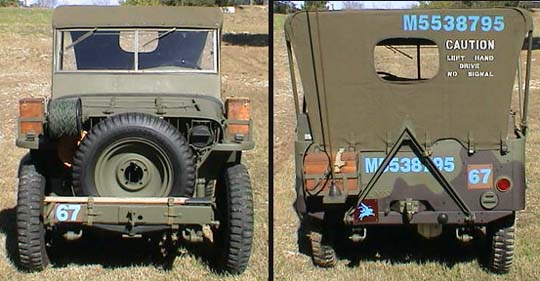
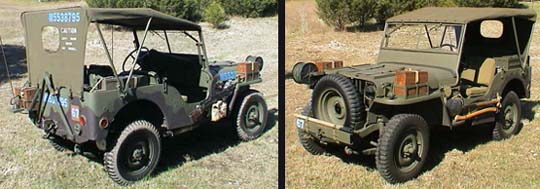
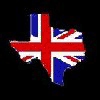 |
Return to the Main Page |  |